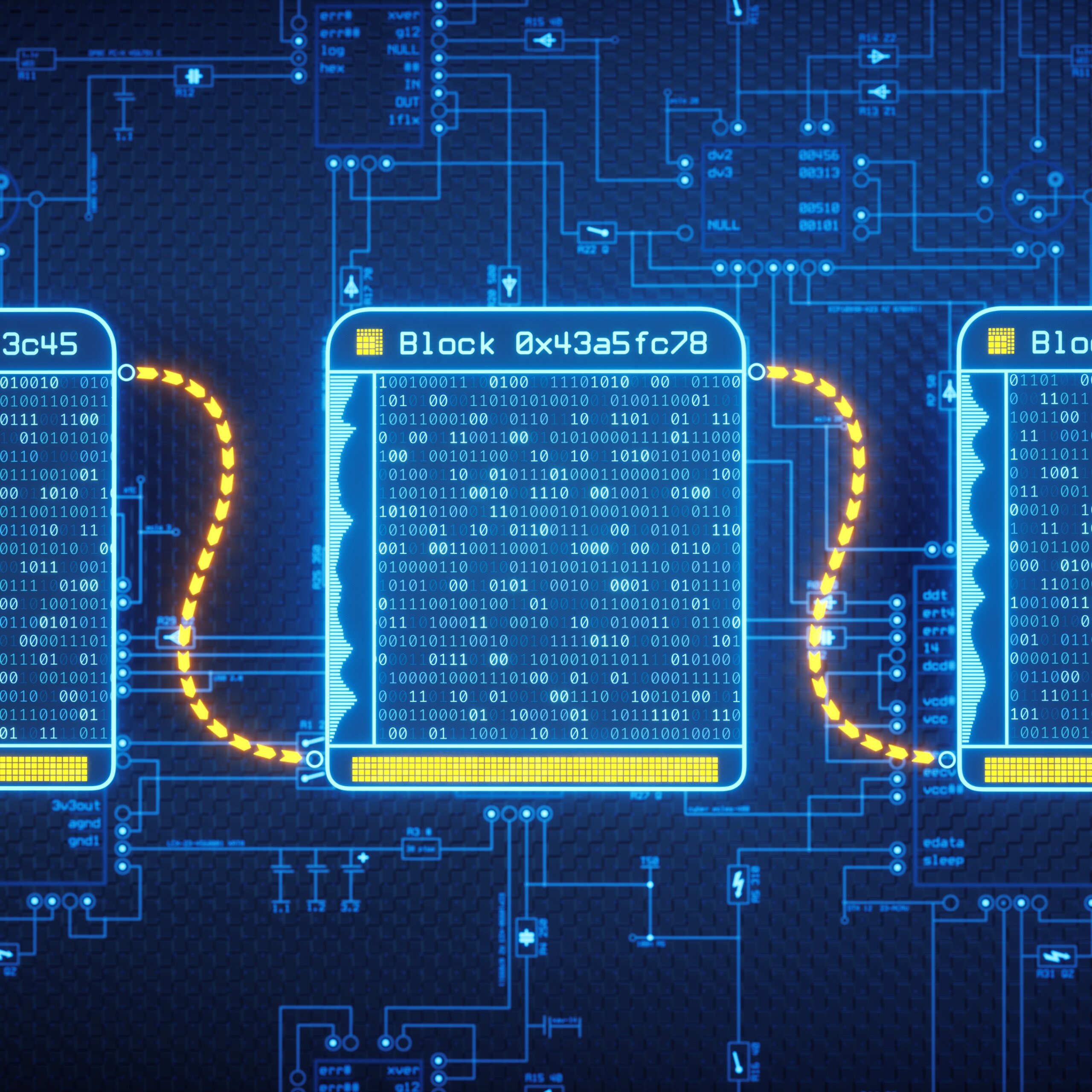In an exclusive interview on the sidelines of GITEX 2024, Jakub Zurawinski, Head of Business Development at MatterFi, shares insights into the critical challenges in blockchain security, focusing on the company’s innovative approach to addressing security, privacy, and user experience problems that continue to plague the digital asset space.
A Critical Look at the Current State of Blockchain Security
Zurawinski begins by highlighting the ongoing security threats in the world of blockchain. “MatterFi is building an infrastructure for wallets and custody systems because we truly believe we are not there yet. The security problems, privacy problems, and user experience issues have not been solved so far,” Zurawinski explains.
He underscores the severity of these issues by citing recent security breaches: “Just last month, $40 million was stolen from a Singaporean exchange, and a few months before that, $230 million was taken from an Indian exchange.”
The prevalence of phishing attacks in the crypto world is a particular concern. Phishing attacks trick users into sending assets to fraudulent addresses, a vulnerability that MatterFi is addressing head-on. “One of the most popular forms of attack is phishing. You are tricked into sending money to an address you don’t know. You believe it belongs to a certain party, but it turns out to be the hacker’s address,” he explains.
MatterFi’s Innovative Approach to Security and Privacy
At the core of MatterFi’s solution is its unique address system, designed to enhance privacy and security while maintaining a seamless user experience. “We solve the address problem,” says Zurawinski. “There are a couple of companies trying to replace addresses with domains, but the issue is that they are still problematic. Some only serve certain networks, and they are not private. If someone knows your domain, they can look up your entire transaction history and balance.”
MatterFi’s infrastructure is designed to overcome these limitations by ensuring complete privacy. “When I send money to Bob, our wallets compute a receiving address based on our private keys. Only we can compute this address. If Alice sends money to Bob, she’ll compute a different address. No one else can see Bob’s other transactions,” Zurawinski elaborates. “This ensures that even if your name is public, no one can look up your transaction history or your account balances.”
Improving Vulnerable Custody Systems
Zurawinski also touches on the crucial issue of custody systems, which are often fraught with security risks. “The custody system could be a name as well. Currently, when you deposit funds to an exchange, you get a random deposit address. But how do you know that this address belongs to the exchange? You don’t. There’s zero method to prove it,” he says.
MatterFi’s solution aims to resolve this uncertainty, protecting both deposit and withdrawal transactions from phishing attacks and other fraud. “On the way in, you could be a victim of phishing. On the way out, people often fall victim to SIM swaps and hacking attacks, leading to changes in withdrawal addresses,” he notes.
In essence, MatterFi’s approach combines privacy, security, and user-friendly functionality. Jacob summarizes their goal: “We’re mixing privacy, security, and user experience into one comprehensive feature for wallets and custody systems.”
A Step Forward in Blockchain Security
With the growing prevalence of security threats in the digital asset space, blockchain innovators like MatterFi are pushing the boundaries of what’s possible in blockchain security. By addressing phishing, transaction privacy, and custody issues, they’re building a foundation that makes blockchain not only more secure but also more user-friendly.






